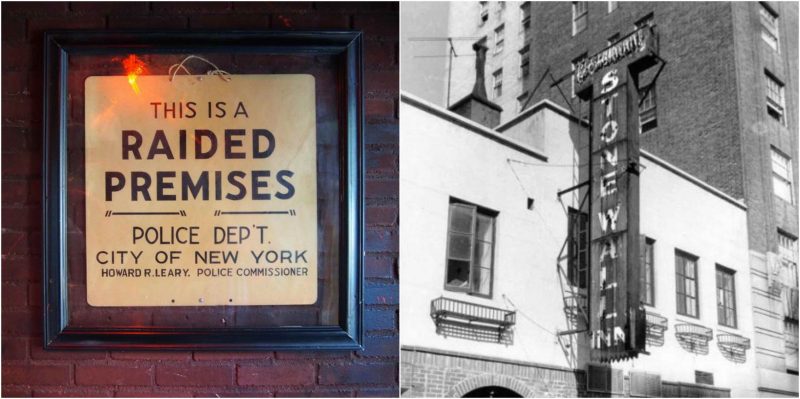Situated in the Greenwich neighborhood of New York City at 51-53 Christopher Street, the Stonewall Inn was at first a tearoom during the Prohibition era and later functioned as a restaurant. During that period, it was little anticipated that one day this humble building would be celebrated for years to come for its significance to LGBT history and rights.
The iconic inn was opened in 1966, by three members of the Mafia who decided to invest in a place that would serve as a gay bar. The place was fairly dilapidated; it was untidy; it didn’t have any running water to wash the used glasses decently; there was no fire exit and the toilets often overran. Drug sales were frequent among other similar illegal deals, however, one of the greatest concerns of the police was that this was a hub for gay and lesbian people.
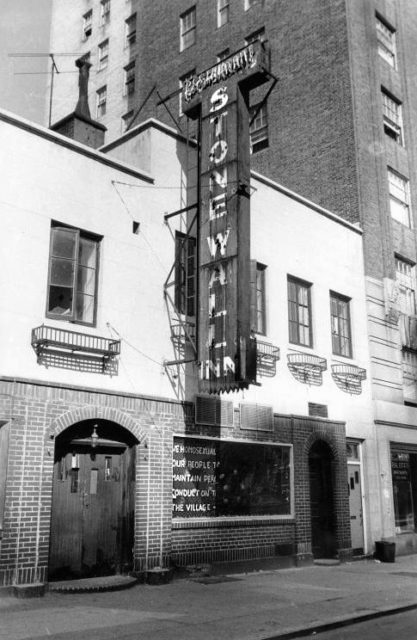
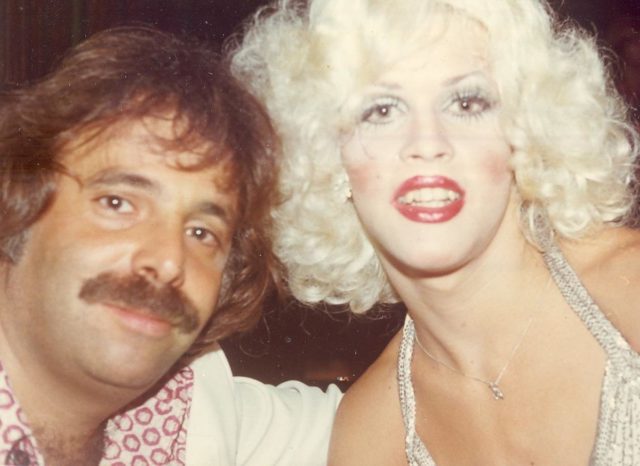
Back in those days, the LGBT community faced an anti-gay legal system. Police raids were common but the bar management tipped off police, and information on an upcoming raid arrived just in time. Most raids occurred early in the evening after which business continued at a normal pace, up until the evening of June 28, 1969, that is, when things got out of control.
At around 1:20 am that night, Seymor Pine, a deputy police inspector of the New York City Vice Squad Public Morals Division, arrived at the bar accompanied by a few other officers. Some of the officers had been staying incognito in the bar during the whole night. The raid was to be more serious, but things did not go as planned. The patrol wagons that were required to take in the arrested persons took a longer period of time to arrive at the inn than planned. This gave enough time for a big crowd of bystanders to gather outside the Stonewall. As the night went on, the size of the crowd only grew in numbers.
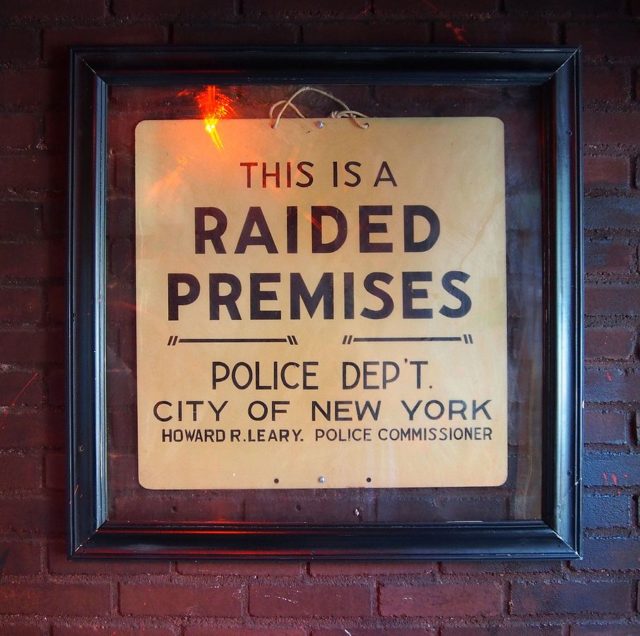
The situation at the Stonewall Inn had started to culminate after one woman in handcuffs was escorted outside the venue to a waiting police wagon. She resisted and fought with the police, managing to escape them repeatedly. According to witnesses, she had turned to the crowd at one point and shouted to the bystanders, “Why don’t you guys do something?”
As one of the officers picked her up and threw her into the back of the police vehicle, things really went out of control and violence escalated. The crowd was not any longer just a group of bystanders surrounding the Stonewall, but an angry mob that started to react to the police violence. To clear the situation, the Tactical Police Force of New York City was called to intervene and the mob was disassembled by 4 am that morning.
Things did not finish with this incident, in fact, that was just the beginning. Riots continued all throughout the Greenwich Village in the days following. They evolved into altercations among the Village people and the police, albeit less severely than the open violence witnessed on the morning of 28 June 1969.
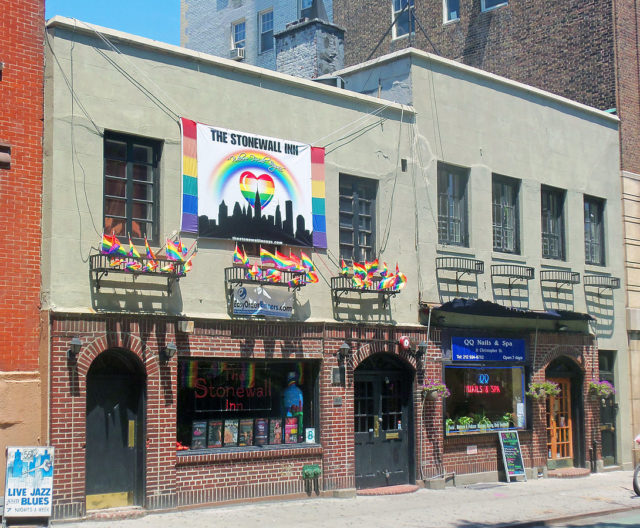
What started as a bar raid literally became an example of a fight for equal rights for gays, lesbians, bisexuals, and trans people. Within two years of the Stonewall riots, gay rights groups mobilized and emerged in all bigger cities across the United States. Cross-borders, these groups spread like wildfire in Canada, Western Europe, and Australia.
The original Stonewall Inn closed that same year, but for the LGBT community, it was just the start of things to come, representing the birthplace of and the fertile ground for the modern gay rights movement. It was undoubtedly influenced by other earlier social and political movements of the era, such as the counterculture movement of the 1960’s, the Civil Rights Movement and the anti-Vietnam war movement.
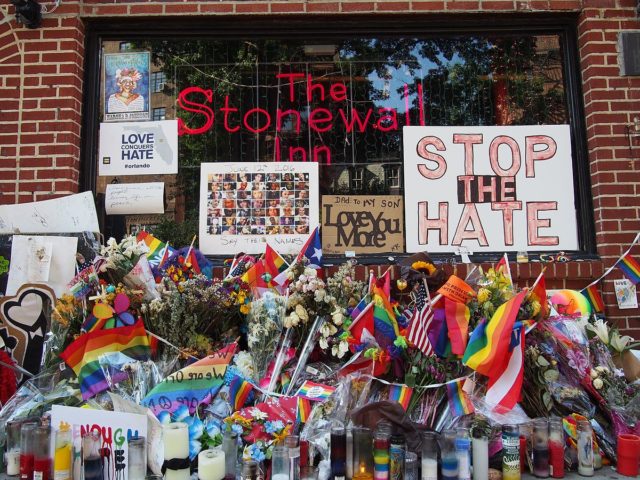
In 1990, a new bar named “Stonewall” opened in the western part of the original location. In 2007, the venue was refurbished and brought back to its original name, “The Stonewall Inn”. The site became the first historical landmark preserved by New York City based on its significance to the LGBT community.
Each year, crowds of people during Gay Pride come by the Stonewall Inn to celebrate and cherish the championship of gay rights and to remember that it was at this Inn where it all began.
